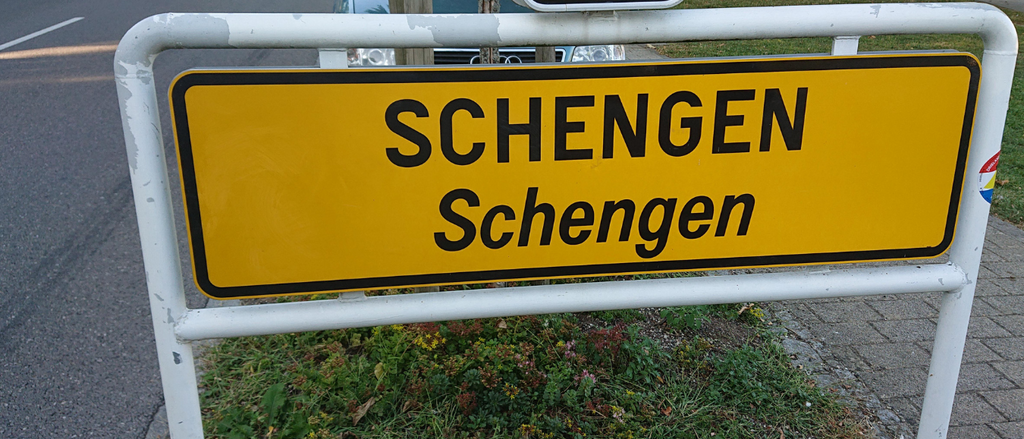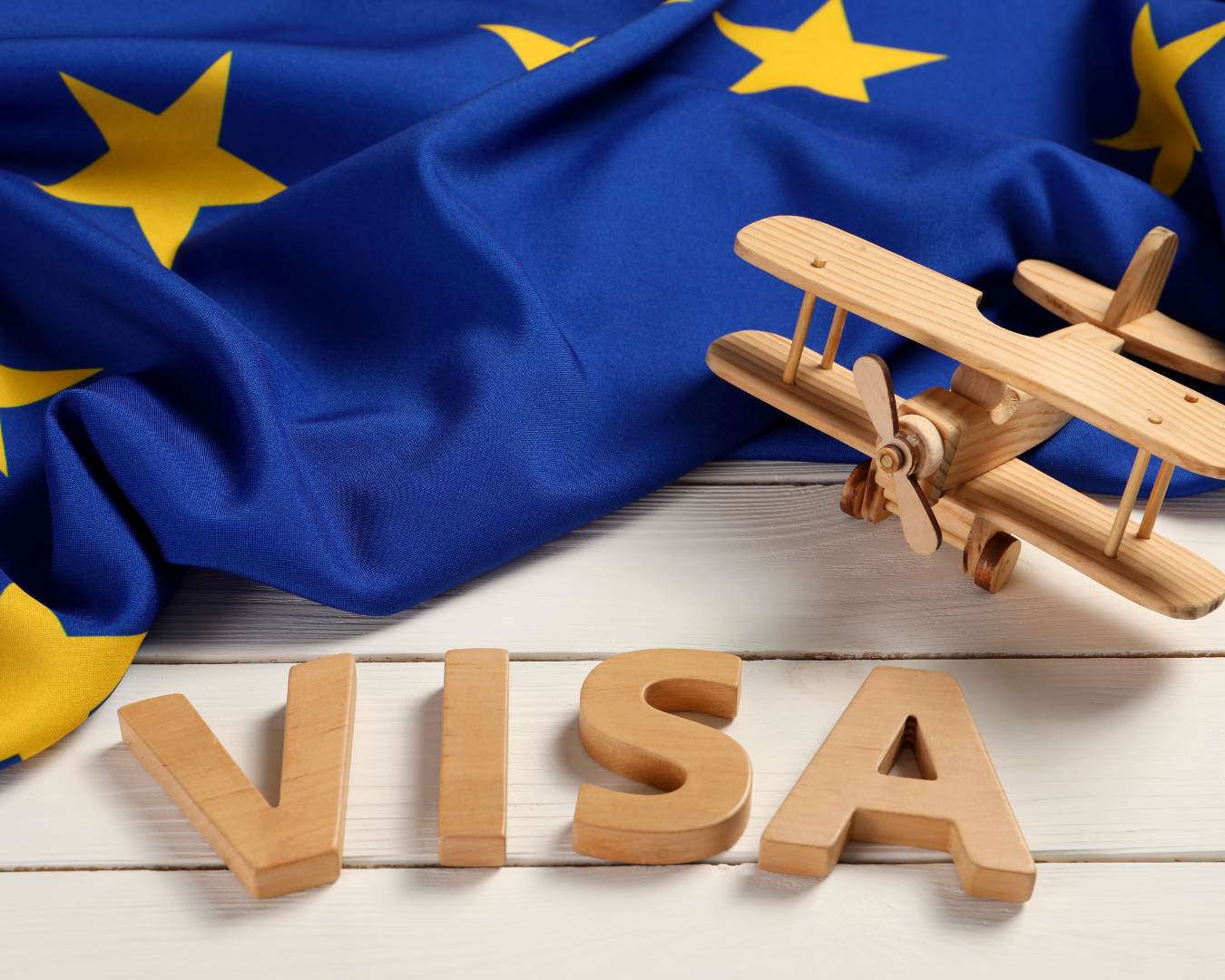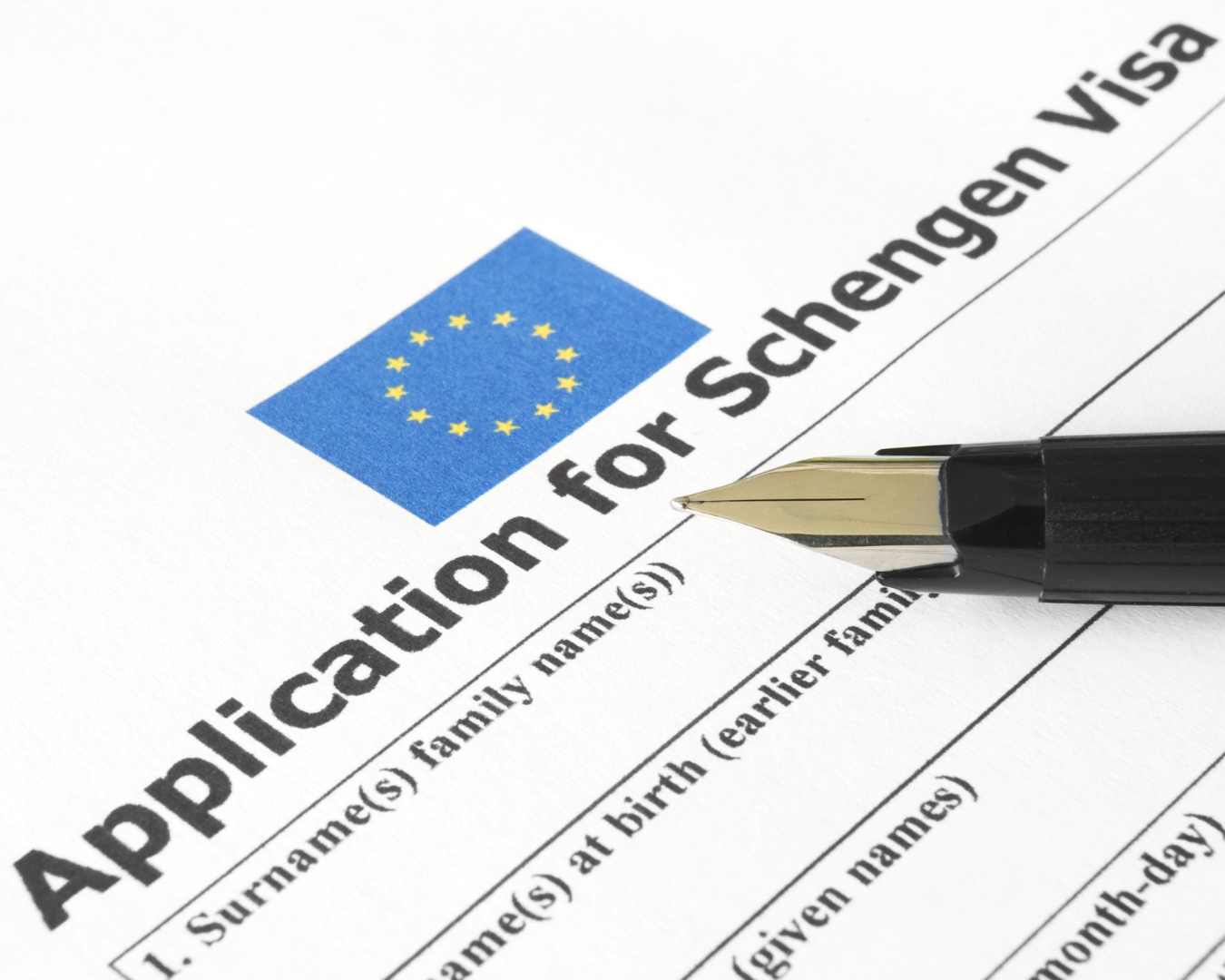
Schengen visa: Complete Guide
Friday, July 18, 2025
What is the Schengen area
The Schengen area is a zone in Europe that encompasses 29 European countries with no border controls between their borders. It was established through the Schengen Agreement by the Federal Republic of Belgium, France, Germany, and the Netherlands on 14 June 1985.
Why is it called Schengen?
The name ‘Schengen’ comes from the name of a small village in Luxembourg. The Schengen Agreement was signed in this village in 1985, which is why it’s named the Schengen area.
Which are the Schengen area countries?
The Schengen area spans over 4 million square kilometres of land, a population of more than 450 million people, and encompasses 29 countries. The 29 countries consist of:
- 25 out of the 27 EU countries: Austria, Belgium, Bulgaria, Croatia, Czech Republic, Denmark, Estonia, Finland, France, Germany, Greece, Hungary, Italy, Latvia, Lithuania, Luxembourg, Malta, Netherlands, Poland, Portugal, Romania, Slovakia, Slovenia, Spain, and Sweden.
- All members of the European Free Trade Association: Iceland, Liechtenstein, Norway, and Switzerland.

Is the UK in the Schengen area?
No, the UK is not part of the Schengen area. The UK never signed the Schengen agreement, and after Brexit in 2020, the UK is also no longer a member of the EU.
Is Ireland in the Schengen area?
No, Ireland is not part of the Schengen area. This means when you travel to Ireland from the Schengen area, you must pass through an immigration checkpoint and show your passport.
Is Turkey in the Schengen area?
No, Turkey is not part of the Schengen area. Turkey maintains its own policies when it comes to visas and border control.
Is Cyprus in the Schengen area?
No, Cyprus is not part of the Schengen area. However, Cyprus is currently working towards being integrated into the Schengen system by 2026.
Which EU countries are not in Schengen?
The two EU countries that are not part of the Schengen area are Cyprus and Ireland. While Cyprus is undergoing the integration process of removing the internal border control, Schengen rules don’t apply to Ireland because Ireland has an exception under the Schengen protocol that allows it to opt out of Schengen rules.
What are the benefits of the Schengen area?
How do citizens benefit from the Schengen area?
The Schengen area allows EU citizens to cross the borders of the Schengen area countries with no additional paperwork or visa restrictions. This saves a significant amount of waiting time at the border.
How do businesses benefit from the Schengen area?
The elimination of border controls not only reduces administrative costs but also facilitates the fluent operation of supply chains by allowing free movement of workers and goods between borders.
What is a Schengen visa?
A Schengen visa is a visa issued by a Schengen state for non-EU nationals that allows them to make a temporary visit to the Schengen countries for up to 90 days within any 180 days. The following are three forms of Schengen visas:
- Single-entry visa: This visa allows you to enter the Schengen area once
- Multiple-entry visa: This visa allows you to enter the Schengen area several times (as long as the visa is valid)
Airport transit visa: This visa allows you to stay in the international transit area of a Schengen airport during a stopover

How to apply for Schengen visa
You must apply for a Schengen visa at the Schengen country you intend to visit. If you are visiting more than one Schengen country, apply for a Schengen visa at the country where you will spend the longest time. If you are staying for an equal amount of time in every Schengen country you visit, apply for a Schengen visa at the first country you intend to visit.
When to apply for a Schengen visa
You must apply for a Schengen visa no earlier than 6 months before and no later than at least 15 days before the travel date.
Do UK citizens need a visa for Europe?
No, UK citizens do not need a visa for a short trip to Europe or countries in the Schengen area as long as the duration of stay is 90 days or less. If UK citizens are staying for more than 90 days, they may need a visa depending on the entry requirements of the country.
However, there will be a new Entry/Exit system (EES) introduced by the EU in October 2025, which means UK citizens will need to register their biometric details by getting their fingerprints and photo taken when they first enter or leave the Schengen area. The EES is not currently in operation, the EU will inform a more specific start date of this system before it launches.
How to apply for the Schengen visa
1) Choose the type of Schengen Visa you need. If the purpose of travel is tourism, then apply for a Schengen Tourist visa. If the purpose of travel is to transit from one country to another, then apply for a Schengen Transit visa.
2) In the Schengen country you plan to visit, identify the embassy or consulate responsible for visa application
3) Book an appointment for a Schengen visa application, complete the visa application form, and prepare the necessary documents
4) Pay the Schengen visa application fee
5) Attend the interview where the consular officer will decide whether to grant you the Schengen visa or not.
6) Wait for your Schengen visa!
What documents are needed to apply for a Schengen visa?
- A valid passport with an expiry date at least 3 months after the date of departure from the Schengen area
- A visa application form
- A photo following the ICAO (International Civil Aviation Organisation) standards
- Medical insurance that covers emergency medical care, hospitalisation and repatriation
How long does it take to get a Schengen visa
It can take from 15 days to 60 days, depending on whether further examination of the application is required or not. Therefore, it is recommended to apply for a Schengen visa 45 to 60 days before the trip.
How much is a Schengen visa
The standard Schengen visa fee is €90 for adults, €45 for children aged between 6 to 12, and free for children under the age of 6.
How long does a Schengen visa last
Short-stay Schengen visas are valid for a maximum of 90 days within any 180 days. Multiple-entry Schengen visas can be valid for up to 5 years, but the maximum stay duration in the Schengen area still holds the same as short-stay Schengen visas, which is 90 days within 180 days
What do I do if my flight is delayed or cancelled?
Was your flight delayed by at least 3 hours or cancelled within 14 days before the departure? We got you covered! According to the EU261 regulations, you may be entitled to €600 for compensation. Check your eligibility for flight compensation now with our free claim calculator.
We hope you find this information useful, have a safe and amazing trip!
Want to keep up with more interesting tips and travel hacks? Read the rest of our blogs!



Did you like this content ?
Thanks you made our day!
Help us be better!
Well received, thanks!